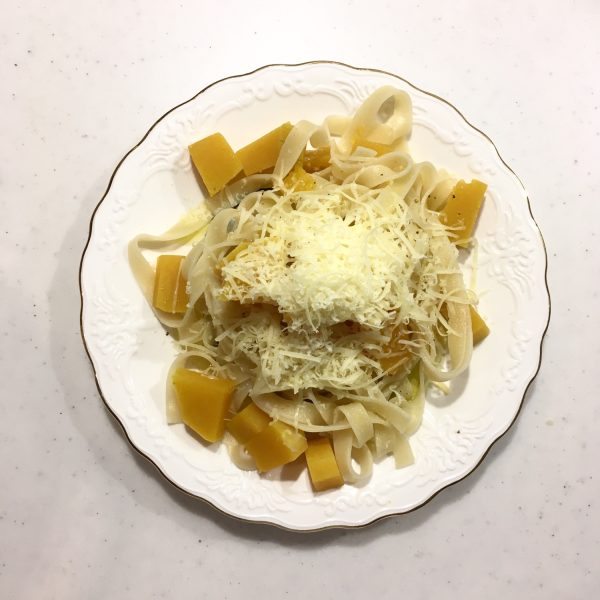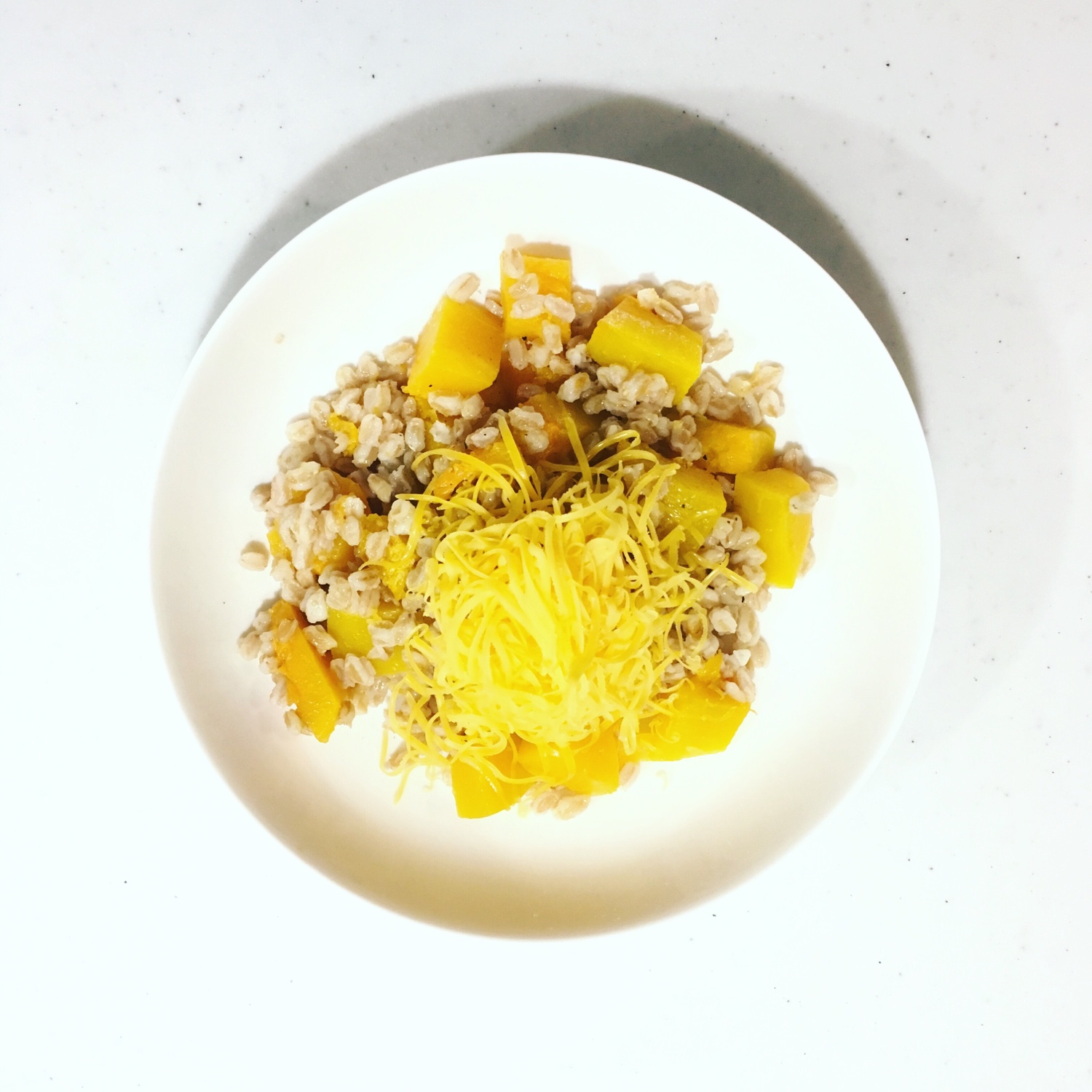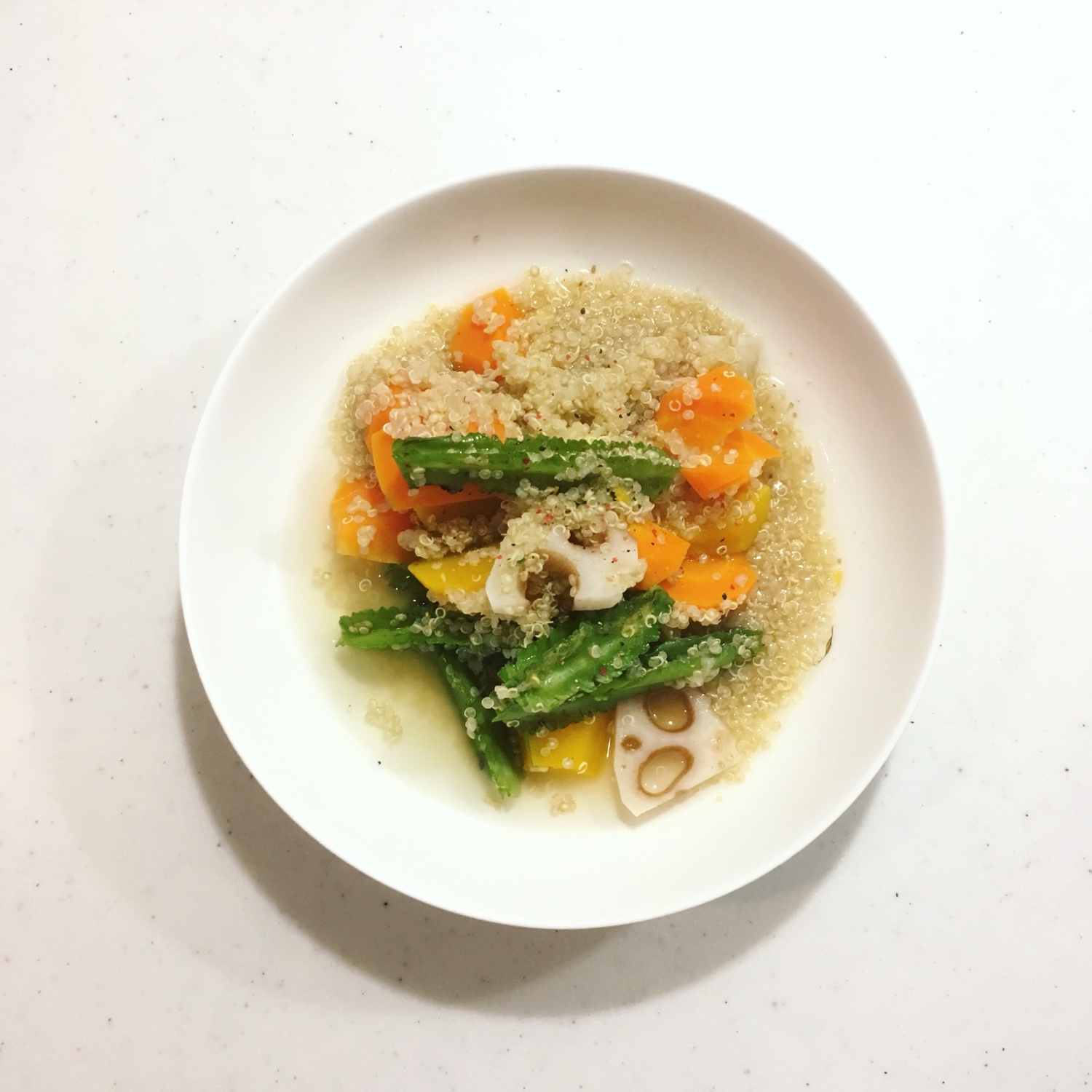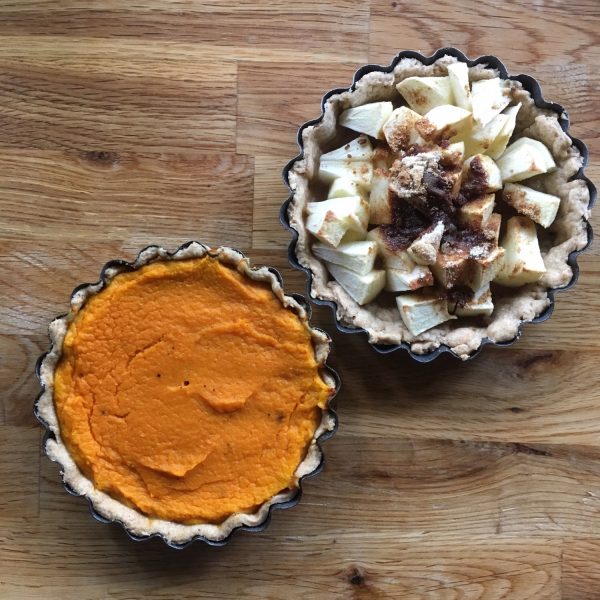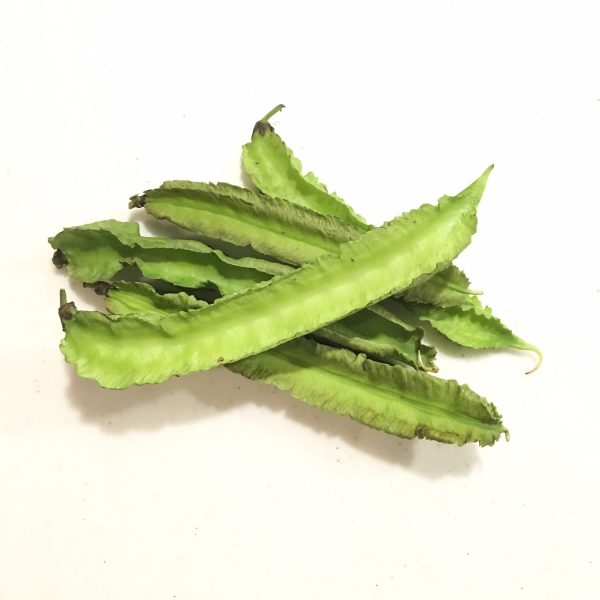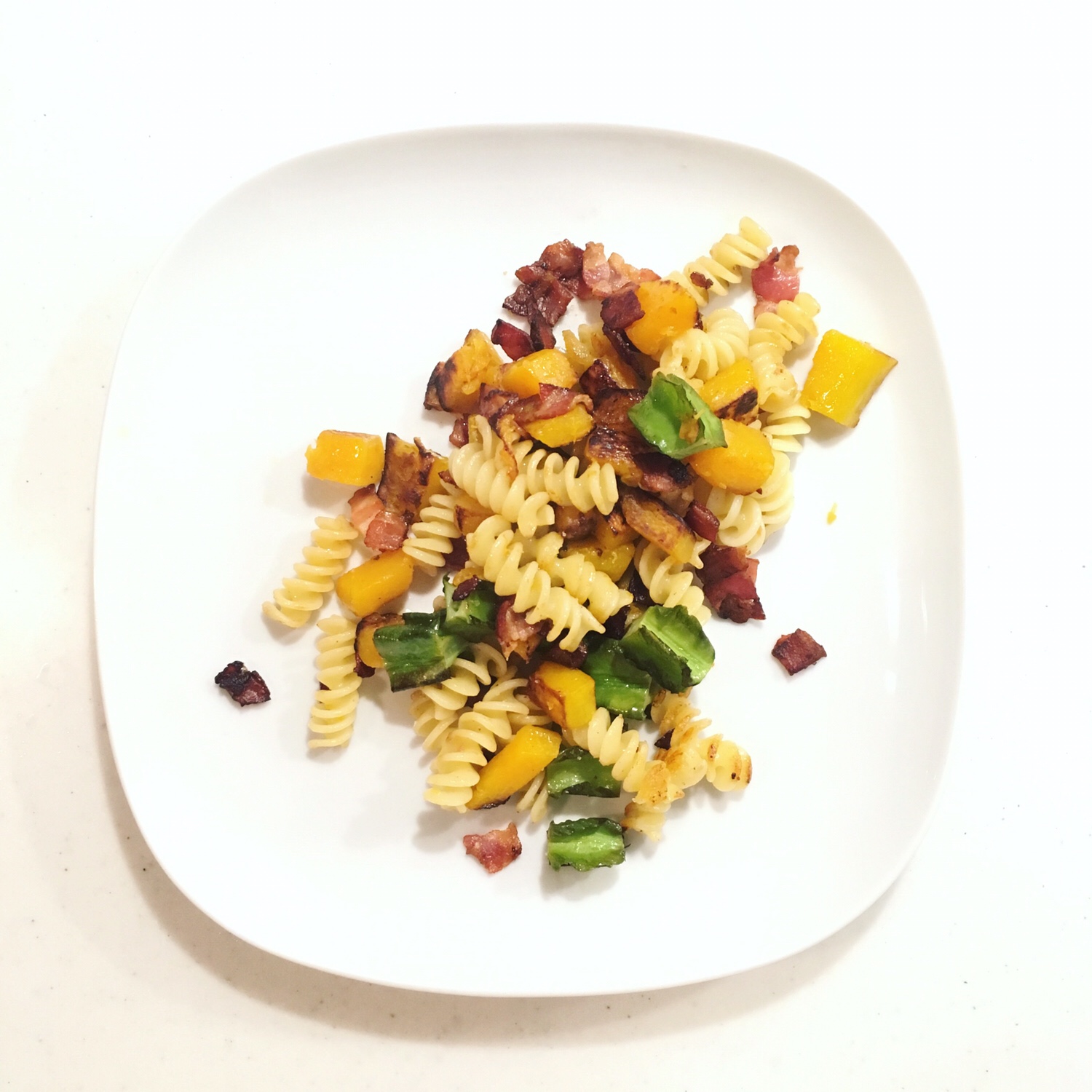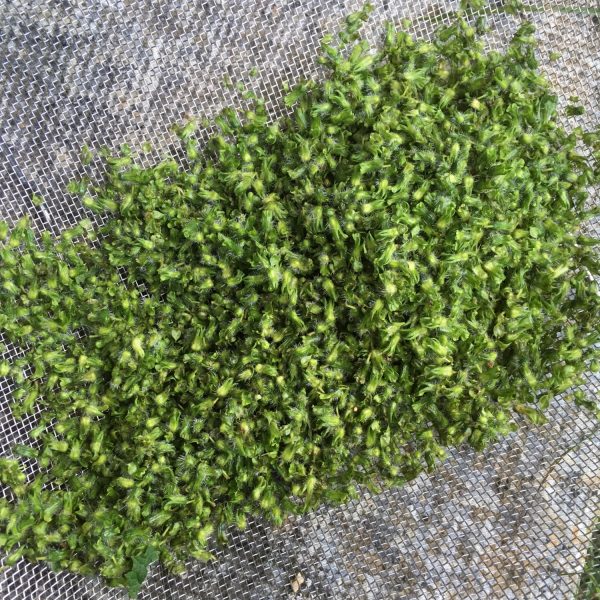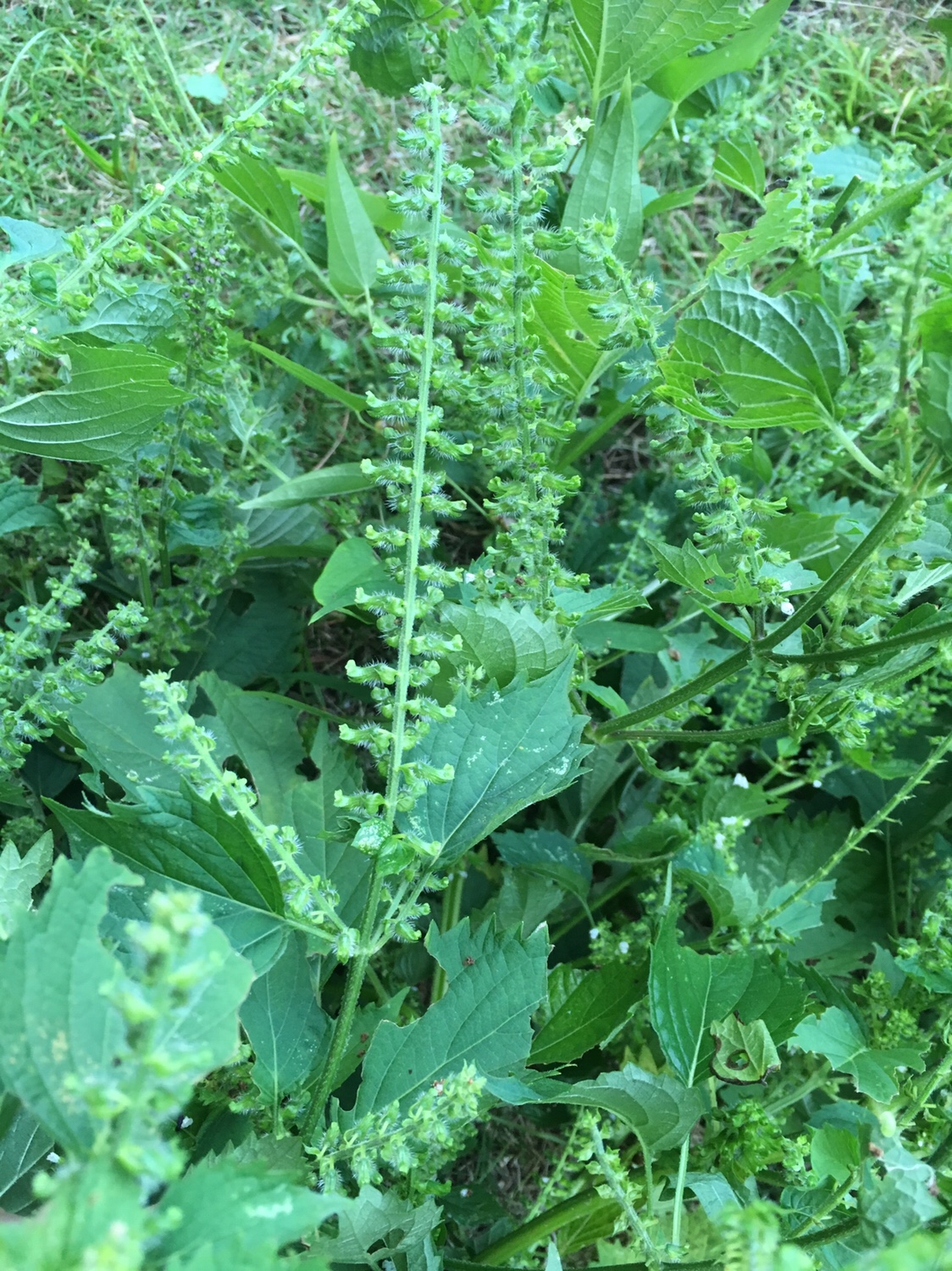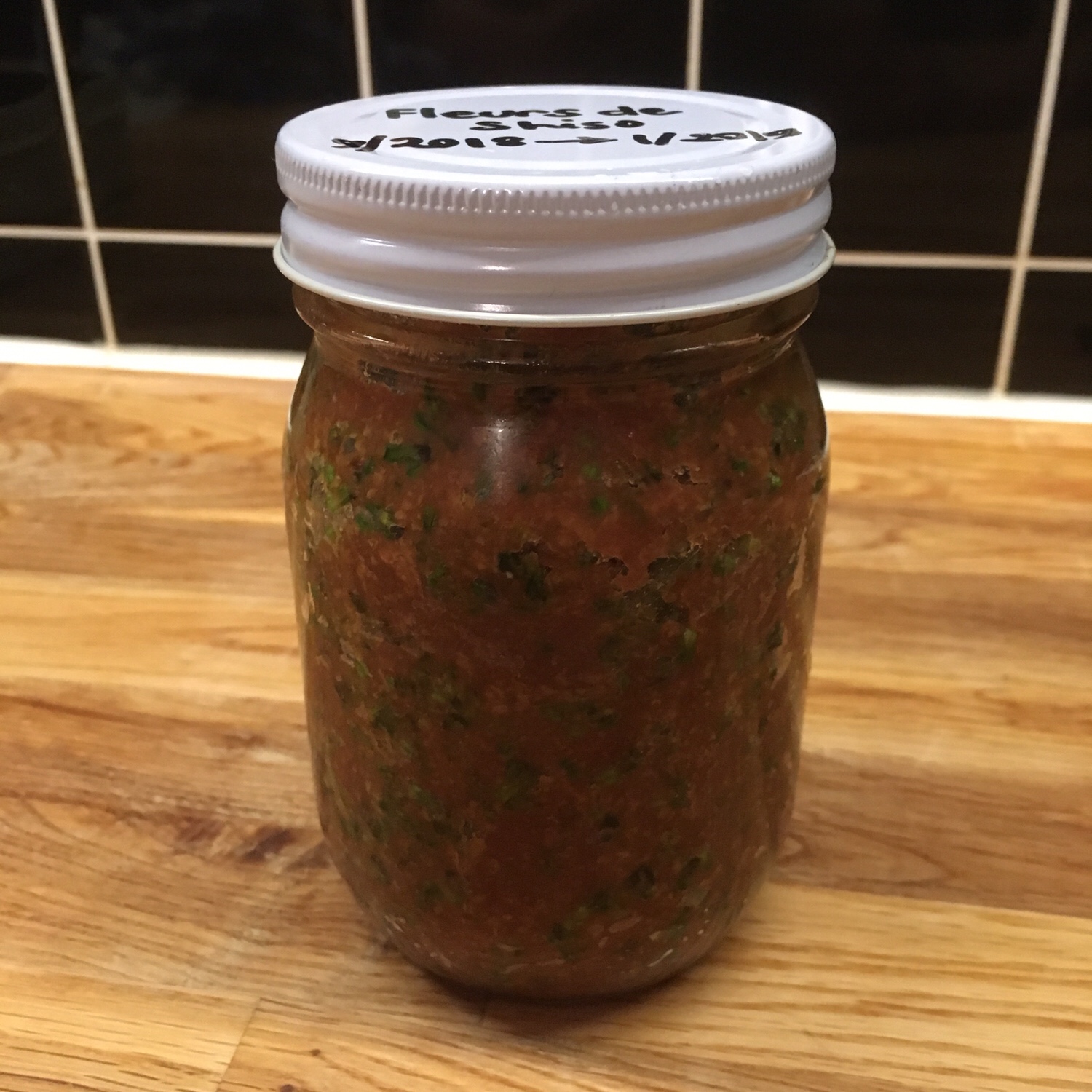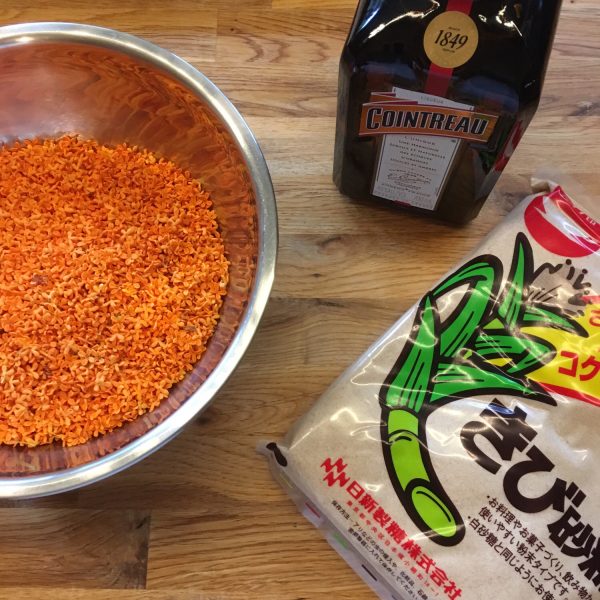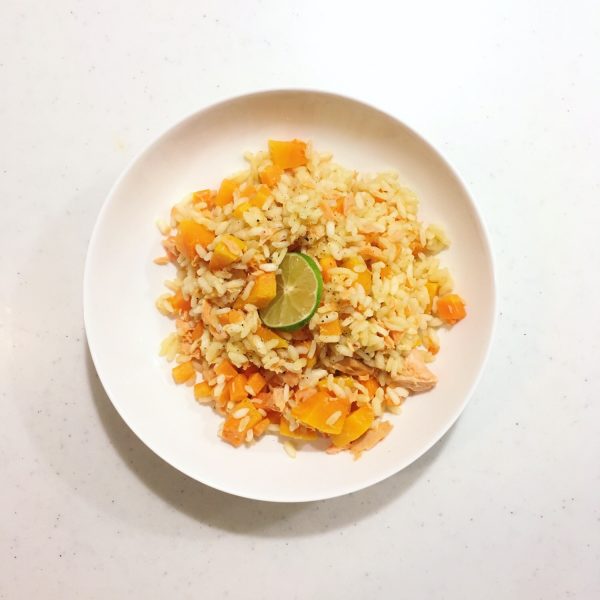In the garden, blooming in September we have about 5 or 6 osmanthus fragans or 金木犀 kinmokusei in Japanese . First I didn’t know what it was and I was just charmed by the lovely smell coming from these very tiny orange flowers. It blooms when crape myrtle サルスベリ sarusuberi flowers start to finish, and before the beginning of camelia 椿 tsubaki, or fall colors. Last year I heard from a friend the name of the tree and that it is possible to eat the flowers. But when I learned about that the flowers had already faded and I couldn’t try. But this year I didn’t miss it! When the smell started in the garden I prepared the ingredients and gears for making syrup and finally today I harvested the flowers. It is really nice to harvest these small flowers. It’s quite easy and it smells so good! Collecting 100g like the recipe requires took about 1h. Because we have so many trees we didn’t need a ladder, just reaching for flowers at our height on several trees.
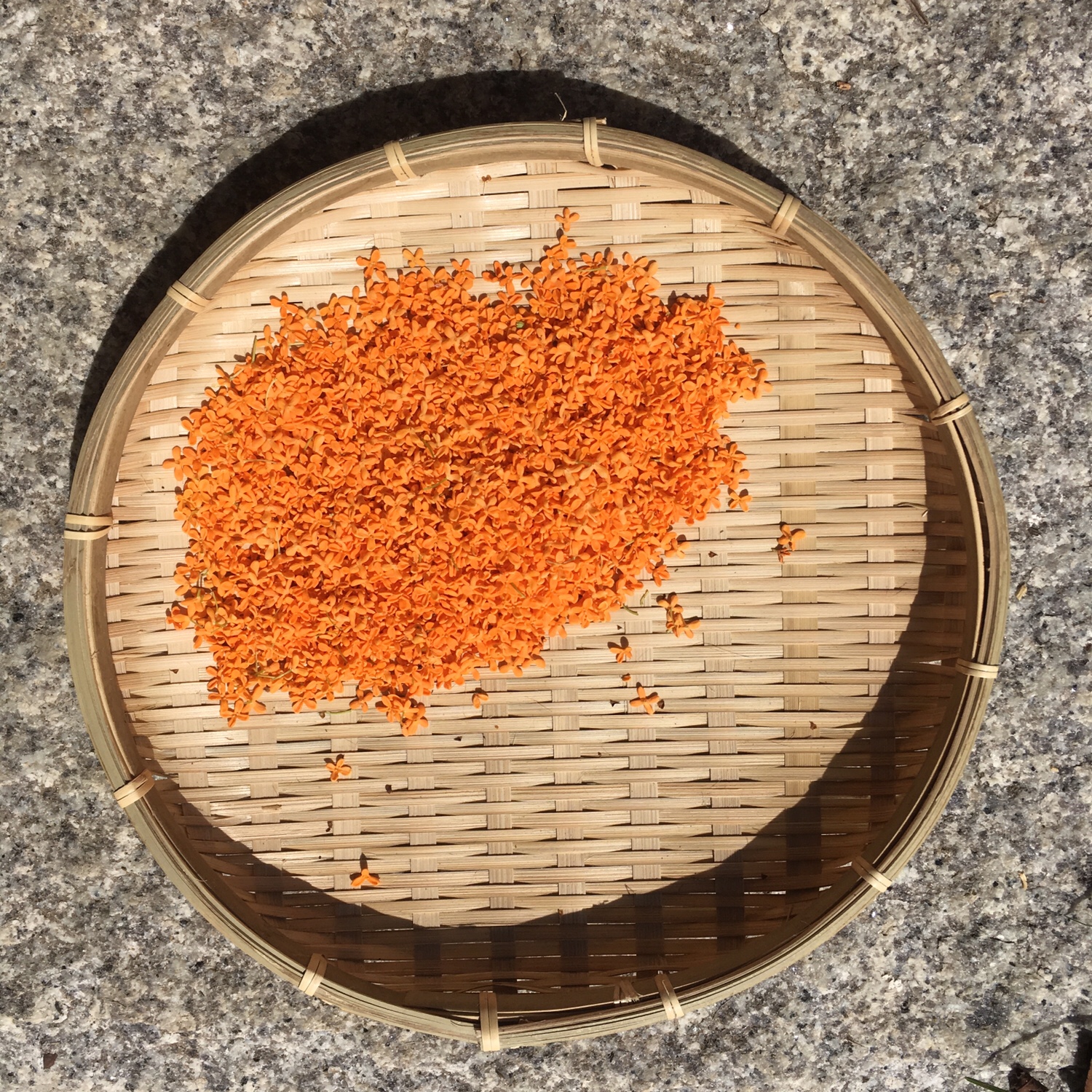
Then making the syrup is quite easy though a little tedious.
Osmanthus frangans flowers syrup (1L)
– 100g of flowers of Osmanthus fragans
– 600g of sugar (I used brown cane sugar)
– 600ml of water (for the syrup)
– 150ml of Cointreau or other Grand Marnier (it’s for washing the flowers, so no alcohol remains in the final product)
The first thing and most tedious step is to clean the flowers. Remove the stems of the flower as much as possible, to keep only the petals. In a metal net or strainer, 20g by 20g of petal, shake gently to remove dirt and small undesirable parts. Then in a large bowl of water add the flowers and 75ml of Cointreau or Grand Marnier and move gently the flowers in to clean them further and remove small bugs… strain in the metal net and do it a second time with again 75ml of Cointreau or Grand Marnier. Keep the flowers in the strainer for 20 to 30min to drain.
In a large pan add the water and the sugar and bring to boil, add then the cleaned flowers, and once it boils again lower the heat and gently stir for 5minutes. And stop the fire and let cool down naturally. Prepare the containers by sterilizing them. Once the syrup has cooled down bring to a boil a second time, and stop the fire right away and pour in the containers. It’s ready!


